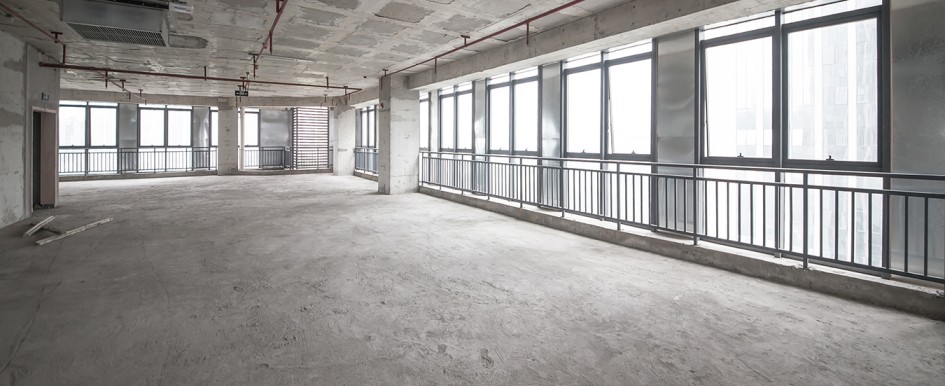
When large, big-box chain stores were being built during the 1980s and 1990s, breaking into the business was a relatively straightforward enterprise for smaller construction firms hoping to expand. While that pioneering spirit is still needed today to succeed, the digital age has dramatically changed consumer habits making retailers shift the way they design their stores to keep customers coming in, which means construction industry professionals need the experience and knowledge to complete these projects.
So when we talk about the changing world of retail, those following and analyzing the market should expand their worldview to include all facets of the discussion—including construction.
This means understanding the ways that contractors have evolved to meet challenges in an increasingly demanding retail market, including:
- Integrating specialized new technology and techniques required to build out more intricate retail spaces
- Seamlessly aligning construction plans with retailers’ product launches and promotional plans
- Making advances on both of those fronts without exposing clients to unnecessary risks
With regard to new technology and techniques, contractors are now thinking more than ever about how consumers shop and how to execute the complex design elements that retailers must include in their stores to maximize foot traffic. This can include digital touch screens, interactive displays, and other elements that introduce greater functionality and direct consumer engagement into the shopping experience.
When it comes to broader operations and planning for retail construction projects, the thought process for today’s contractors must go beyond following basic project deadlines, and include an understanding of the products that will be sold and promoted within the space. At a time when brick-and-mortar locations are competing directly with the fast-paced digital marketplace, it is just not enough to be a good and diligent construction manager. Instead, it’s crucial to think like both a contractor and a retailer—and that means planning projects around the promotional activity needed to generate strong sales.
Think of it this way: if a contractor is building out a new flagship retail space for a fall opening, that retailer is likely tying that store opening to a promotional push around a new fall clothing line. So if that store opens even a few days late, the retailer will miss the product launch and will be forced to pull back from its marketing strategy, as target consumers will be more likely to shop online. This will result in less foot traffic, fewer sales, and a dent in overall numbers for the season. It wouldn’t be acceptable to a retail manager, so it can’t be acceptable to a retail construction manager either.
Building and designing these new types of retail spaces has become a niche in itself. Retailers and their architects and designers need to work harder than ever to keep shoppers coming back, and are becoming more creative in their designs and in-store atmospheres they create. That means not just telling, but giving customers an experience for the products these retailers are hoping to sell. For example, if you are a high-end athletic apparel store, why not include an in-store yoga studio? Or, if you are appealing to families, a retailer may want to include a dedicated kids section, where toddlers can play under supervision while parents are busy shopping. Many contractors have already executed these types of designs and components and are seeing more of these ideas take root as part of the broader trends in retail store conception and development.
Creating these unique experiences, though, requires a construction manager that knows how to craft and execute a plan that fills these needs. The preplanning stages require someone with knowledge about the costs of the materials being used, how fast or slow an idea may take to build, and its overall feasibility for the space. As construction is taking place, you need someone onsite who not only knows these plans inside and out but can also solve the problems that are bound to occur—saving a retail client time and money.
While the operational work that goes into retail construction is costly and demanding, it is crucial for contractors to achieve these objectives, while meeting the highest safety standards. This is accomplished by establishing a companywide culture of safety that encompasses every project. This may seem obvious, but it has become even more important on retail jobs because heightened client demands have left some contractors searching for ways to cut corners.
Making a habit of cutting corners on a project cannot become the norm. Not only does it expose a company to legal or financial risks, but it’s also just not the right thing to do, and should never be acceptable for a retail construction manager.
The fact of the matter is that the retail industry is changing and those constructing their stores need to change with it, not just to ensure its success, but also so their clients can benefit from their work.
